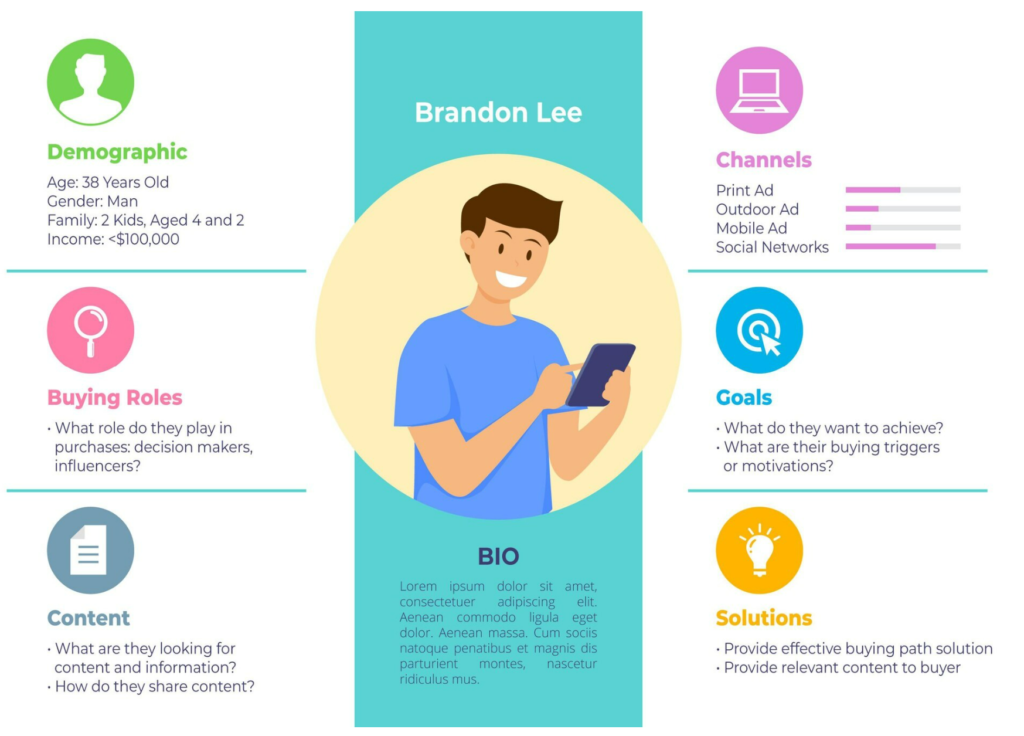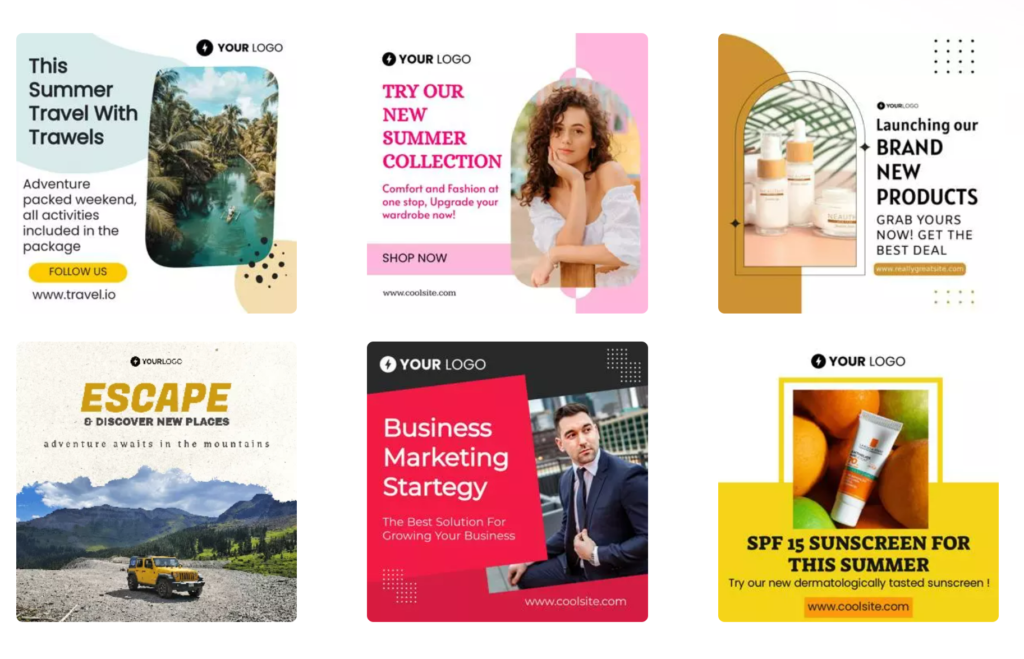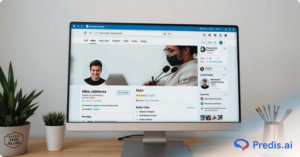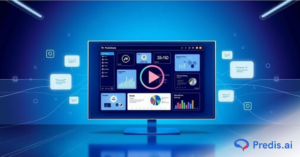Google Ads is an essential tool for digital marketers, allowing businesses to display ads across Google’s network. It helps in reaching audiences through search, partner sites, and apps. Every successful Google Ads campaign starts with compelling ad copy. Ad copy refers to the text used in advertisements to persuade and engage potential customers.
Effective ad copy in Google ads can dramatically influence the success of a campaign by attracting more clicks and conversions. It doesn’t just sell, but also creates a connection with the viewer that resonates on a personal or emotional level.
Stay tuned as we explore the key elements of effective ad copy that can make your ads truly stand out.
Elements of Effective Ad Copy
Creating effective ad copy in Google Ads is both an art and a science. It starts with a clear understanding of the components that make up an ad. Here are the key elements you need to master:
1. Headlines: Capturing Attention
The headline is your first impression. It needs to capture attention and compel the reader to keep reading. It should be relevant to the keywords that triggered the ad, concise, and clear. To craft a compelling headline, focus on the main benefit or unique selling proposition of your product or service. Use action words and pose questions to engage the reader’s curiosity. Remember, your headline sets the tone for the type of responses you’ll receive.
2. Description: Building Interest
Your description lines are where you build on the promise made in the headline. This space allows you to delve deeper into the benefits, features, and reasons a potential customer should consider your offer. Use this area to address potential pain points or concerns that the customer might have, and how your product or service provides a solution.
3. Display URL: Enhancing Credibility
The display URL may not seem like a big deal, but it can significantly affect the credibility and click-through rate of your ad. While the display URL doesn’t have to match the actual destination URL, it should indicate a clear, trustworthy website. Use this space creatively by including keywords or a call to action, such as “/Buy-Now” or “/Free-Trial,” which can further incentivize a click.
Writing Ad Copy: Step-by-Step Process
Crafting ad copy that resonates with your audience and drives action is crucial. Here’s a step-by-step guide to developing impactful Google Ads copy:
1. Understanding Your Audience

The first step in writing any ad copy is to know who you’re talking to. Understand your audience’s demographics, their preferences, pain points, and what solutions they might be seeking.
Create buyer personas to simulate the needs, goals, and behavior patterns of your potential customers. This knowledge will inform how you phrase your ad copy, making it more relatable and targeted.
2. Highlighting Benefits and Features
Once you know who your audience is, focus on articulating the benefits and features of your product or service clearly. Benefits tell your audience what they gain from using your product or service.
Always lead with benefits in your ad copy, as they directly address how a customer’s life improves. Features should support the benefits, providing evidence of your claims.
3. Using Emotional Triggers and Calls to Action
Emotions drive decisions. Use emotional triggers in your ad copy to connect on a personal level with your audience. Tapping into emotions such as the joy of gaining, the fear of missing out, or the desire to be part of a community can greatly improve your ads’ impact.
Pair these triggers with strong calls to action (CTAs), which guide users on what to do next. Phrases like “Shop Now,” “Get Started,” or “Learn More” are direct and lead the user toward taking a specific action.
4. Testing and Optimizing
The process doesn’t end once your ad copy is live. Testing different versions of your ad copy is essential to understand what works best for your audience. Use A/B testing tools to tweak elements like headlines, descriptions, and CTAs, and measure the performance of each variant. Analyze the data to continually refine your approach and optimize your ad copy for better results over time.
Still struggling to create compelling copy for your ads? Check out Predis.ai's Ad Copy Generator!
Common Mistakes to Avoid in Ad Copy
Creating effective ad copy is a delicate balance, and there are common pitfalls that marketers should avoid. Here are three crucial mistakes to steer clear of, each of which can undermine the success of your campaigns:
1. Overpromising and Underdelivering
It’s crucial to maintain credibility in your advertising. Avoid making claims that your product or service can’t validate. Overpromising may grab attention initially, but underdelivering will damage your brand’s reputation and trust with your audience.
Always ensure that your ad copy reflects the reality of what you are offering.
2. Ignoring the Target Audience
Each ad should be tailored to speak directly to a specific audience. Failing to customize your message to meet the interests and needs of your target group can lead to low engagement and poor campaign performance.
Use the insights gathered from your audience analysis to craft messages that resonate deeply with their preferences and expectations.
3. Neglecting Mobile Users
In today’s digital age, a significant portion of online traffic comes from mobile devices. Ads that are not optimized for mobile users can miss out on a vast audience. Ensure your ad copy looks good and reads well on smaller screens and that your call-to-action (CTA) buttons are easily clickable.
Simplifying your message and using mobile-friendly layouts can dramatically improve your ad’s effectiveness.
Boost Sales on Google Ads with AI ⚡️
TRY NOWEffective Tools for Ad Copy Writing and Testing

Several tools can assist you in crafting and optimizing your ad copy. Predis.ai offers an AI-driven ad copy generator that can quickly create and suggest multiple ad variations, making it easy to test different messages and find the most effective one for your audience
For A/B testing and optimizing your ads, use AI tools to create display ads. Additionally, SEMrush and Ahrefs provide invaluable insights into keyword performance and competitive analysis, helping you tailor your ad copy in Google ads effectively.
Enhance your advertising with AI-generated Display Ads that convert—use Predis.ai’s Google Display Ads Maker for amazing results. Improve your ad clicks and engagement with stunning ads.
Wrapping it up
Throughout this guide, we’ve explored the crucial elements that make up effective ad copy, from understanding your audience to effectively using emotional triggers and calls to action. We’ve discussed common pitfalls to avoid and highlighted tools and resources that can assist in crafting and optimizing your ad campaigns.
Now, it’s time to put this knowledge into practice. Experimenting with different ad copy strategies is key to discovering what resonates best with your audience. Start creating your ad copy with Predis.ai. Utilize the tool to craft messages that not only reach but also impact your audience profoundly. Remember, every ad is an opportunity to learn more about your market and refine your approach.
Sign up for a free account on Predis.ai to take your business to new heights!
Elevate your ad campaigns with Predis.ai's AI Ad Generator—design compelling ads effortlessly. Transform your marketing with AI Ad—create stunning ads that captivate and convert!
Related Content,
Complete Guide to Setting Up a Google Business Profile
Learn to Write a Good Ad Copy?
















